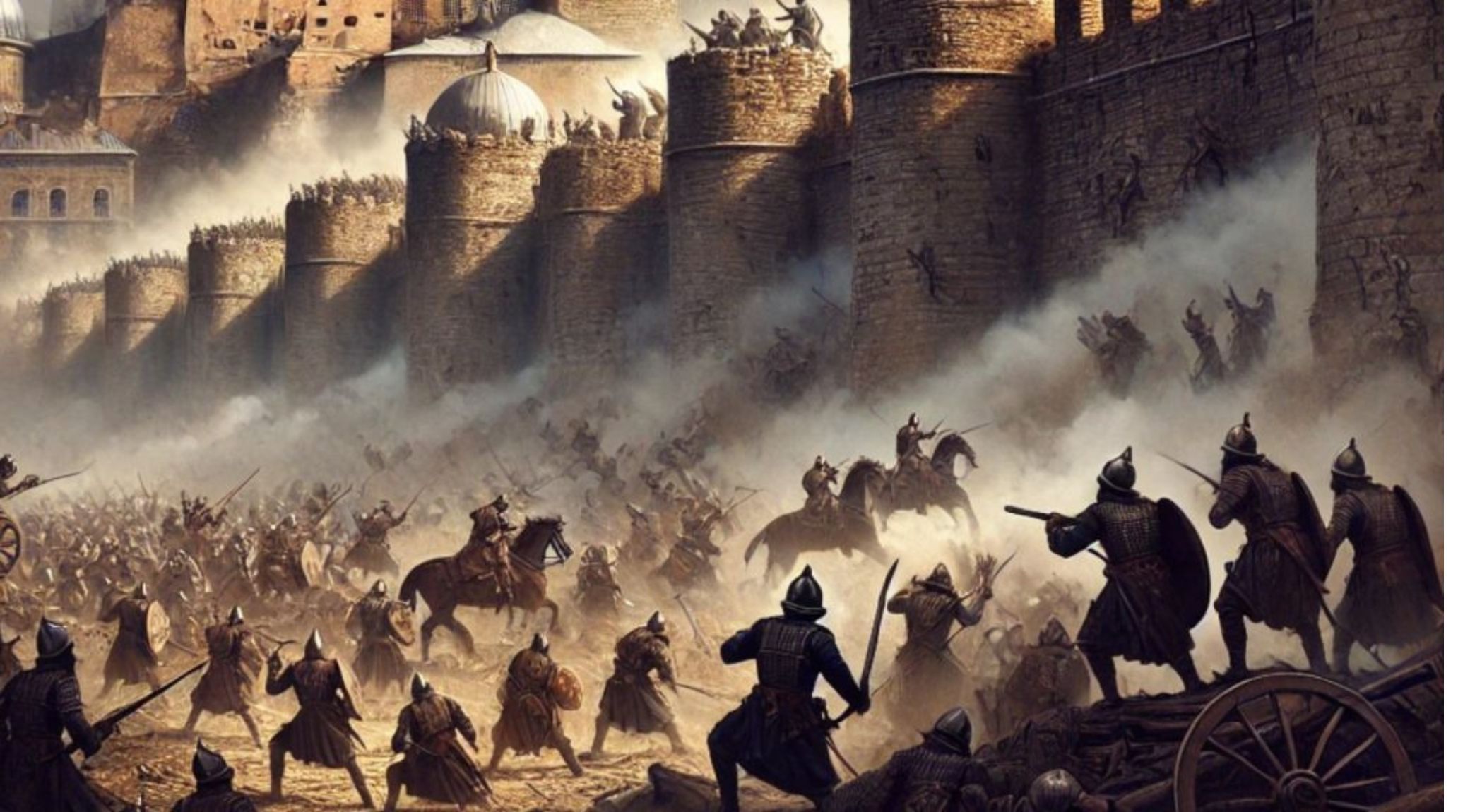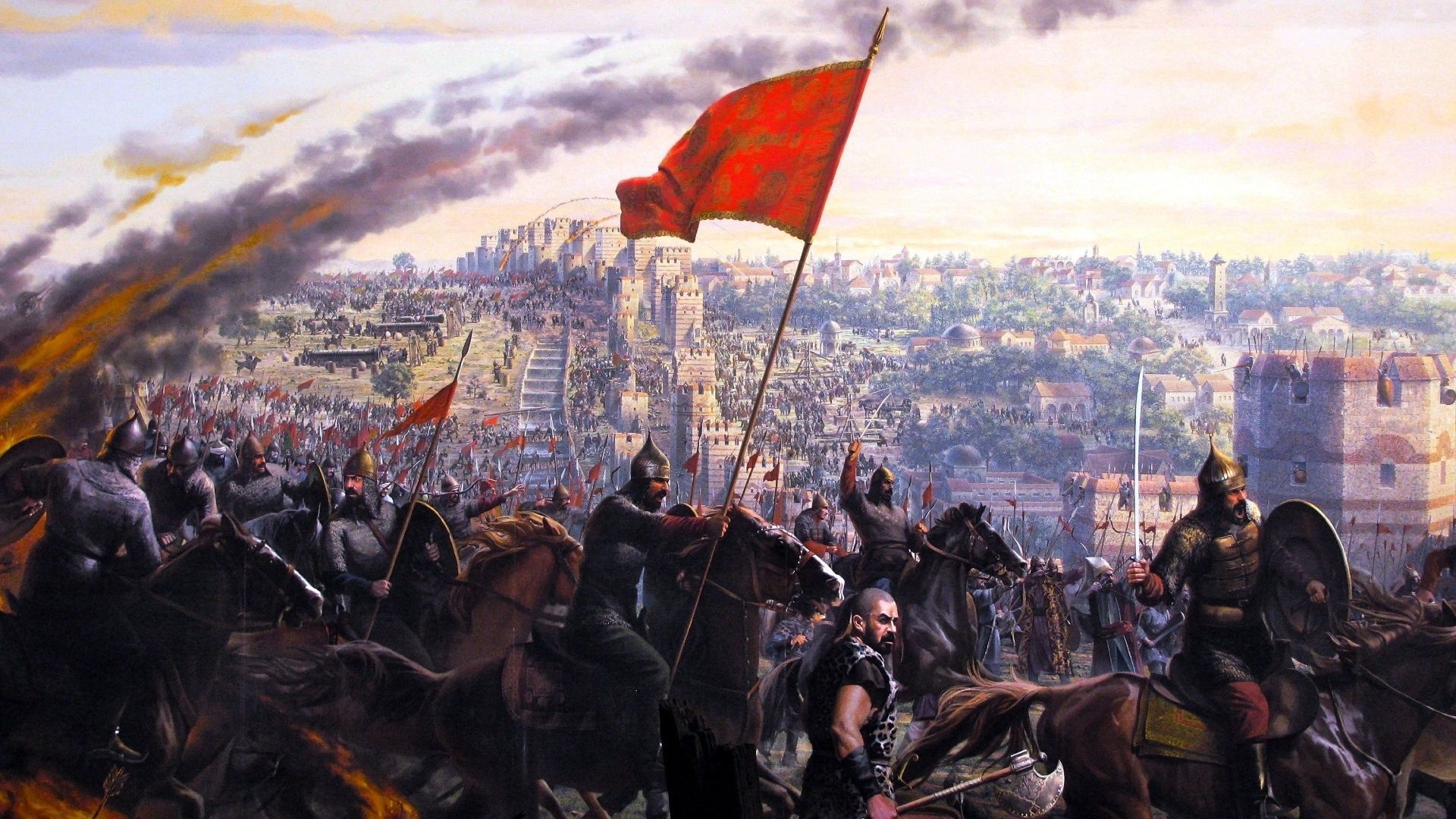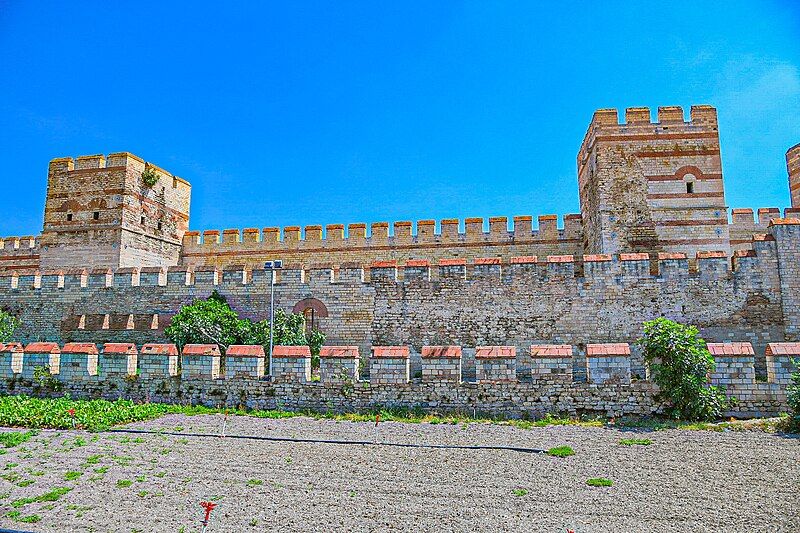
“
The Fall of Constantinople in 1453 was a defining moment in world history, marking the end of the Byzantine Empire. Intriguing Facts About The Fall of Constantinople reveals the events that led to the siege, the role of the Ottoman Empire, and the lasting consequences for Europe and Asia. This pivotal event reshaped trade routes, military strategies, and the balance of power. Learn how the fall of this ancient city influenced the Renaissance, the rise of the Ottoman Empire, and the history of the Eastern Mediterranean.1
1
”
The Fall of Constantinople occurred on May 29, 1453, marking the end of the Byzantine Empire after a 55-day siege by the Ottoman Empire. This event dramatically reshaped European and Middle Eastern history. 1
Sultan Mehmed II, known as "the Conqueror," led the Ottoman forces, employing advanced military technology, such as massive cannons, to breach the ancient walls of Constantinople, which had previously withstood numerous attacks. 2
The Ottoman forces outnumbered Constantinople’s defenders, with an estimated 80,000 soldiers against a meager 7,000. Despite the defenders' courage, the overwhelming siege proved fatal to the Byzantine Empire’s capital. 3
Emperor Constantine XI Palaiologos commanded the defense of Constantinople during the siege. He died fighting on the city’s final day, becoming a martyr for the Byzantine cause in the face of overwhelming odds. 4

The fall of Constantinople in 1453 ended the Roman Empire’s long legacy. The Byzantine Empire, once part of Rome’s Eastern half, had survived for over a thousand years before collapsing under Ottoman pressure.
The Ottomans used immense cannons to breach Constantinople’s fortified walls. These weapons were an innovation in siege warfare, allowing Mehmed II’s army to overcome the city's ancient defenses, a significant military breakthrough. 5
The fall forced many Greek scholars to flee the city, taking important manuscripts and knowledge with them. Their migration to Western Europe helped spark the Renaissance by reviving classical Greek and Roman ideas.6
The Ottomans, under Mehmed II, converted many Christian churches into mosques, including the iconic Hagia Sophia. Constantinople’s religious landscape changed drastically, with Islam becoming dominant in the newly conquered city. 7
Western Europe’s failure to assist Constantinople during the siege is a key factor in its fall. Despite pleas for aid, political tensions between the Catholic and Orthodox churches prevented meaningful support from reaching the defenders. 8
Following Constantinople's fall, the Ottomans expanded further into Europe, strengthening their hold over the Balkans and the Mediterranean, ultimately establishing the Ottoman Empire as a formidable power in both regions. 9

Ottoman forces employed innovative tactics like tunneling beneath Constantinople’s walls. These mines were used to weaken the structure, allowing the Ottoman army to break through the walls and capture the city.
The fall of Constantinople marked a shift from the Middle Ages to the Renaissance. The migration of Greek scholars and manuscripts from the city sparked intellectual movements in Italy, aiding the revival of classical knowledge. 10
The Ottomans’ naval superiority cut off Constantinople’s supply routes. The defenders, facing food shortages, struggled to maintain their resistance against the well-supplied Ottoman forces, which contributed to the city’s eventual fall. 11
Despite being vastly outnumbered, Constantinople’s defenders included soldiers from Genoa, Venice, and other European regions. These international volunteers fought valiantly, yet ultimately, the Ottomans’ siege tactics overwhelmed the city's defenses. 12
After the conquest, Mehmed II implemented widespread conversion to Islam, turning many Byzantine churches into mosques. The city became a cultural center of Islamic learning, further cementing Ottoman control over the region.13
The fall of Constantinople altered trade routes, as the Ottomans controlled critical land and sea passages between Europe and Asia. This control disrupted European trade with the East, shifting economic power to the Ottomans. 14
Constantinople’s formidable walls, renowned for their resilience, were breached by the Ottoman cannons. These massive weapons, some of the largest ever used in warfare, were crucial in the city’s eventual collapse. 15
The fall of Constantinople led to the looting of Byzantine treasures, including priceless religious relics and art. Much of the city’s cultural heritage was lost or destroyed during and after the Ottoman conquest. 16
The success of the Ottomans at Constantinople inspired other Muslim empires. The fall solidified the Ottoman Empire as a major Mediterranean power and signaled the rise of Islamic influence over the region. 17
The fall of Constantinople in 1453 symbolized the end of the Byzantine Empire and reshaped the world’s political, religious, and cultural landscape, leaving a profound legacy that impacted both Eastern and Western civilizations. 18


